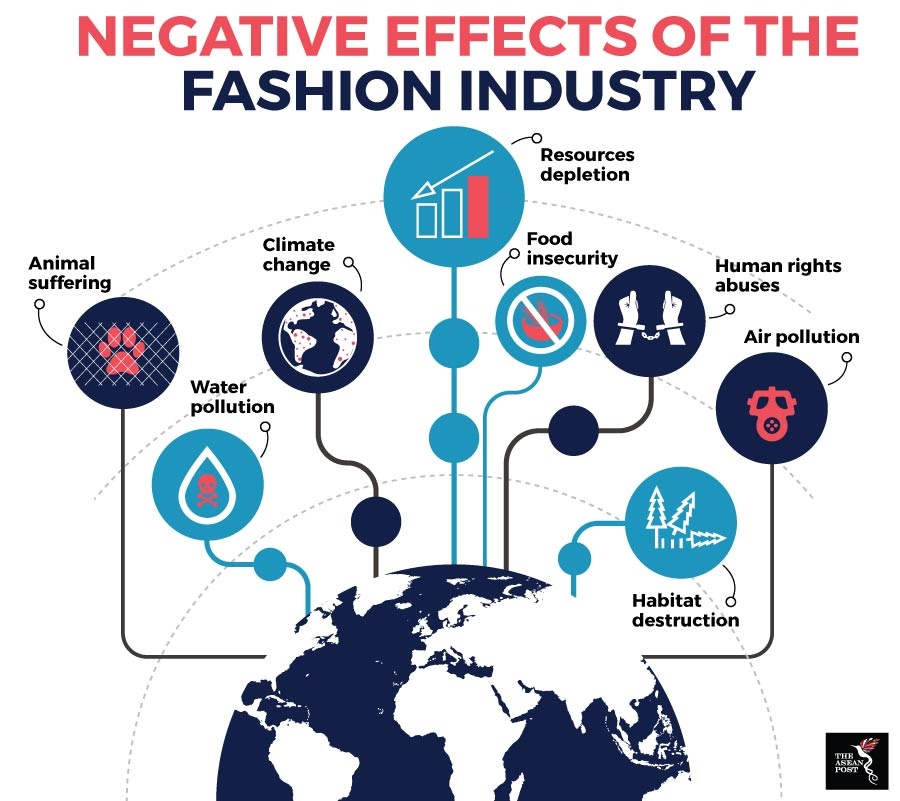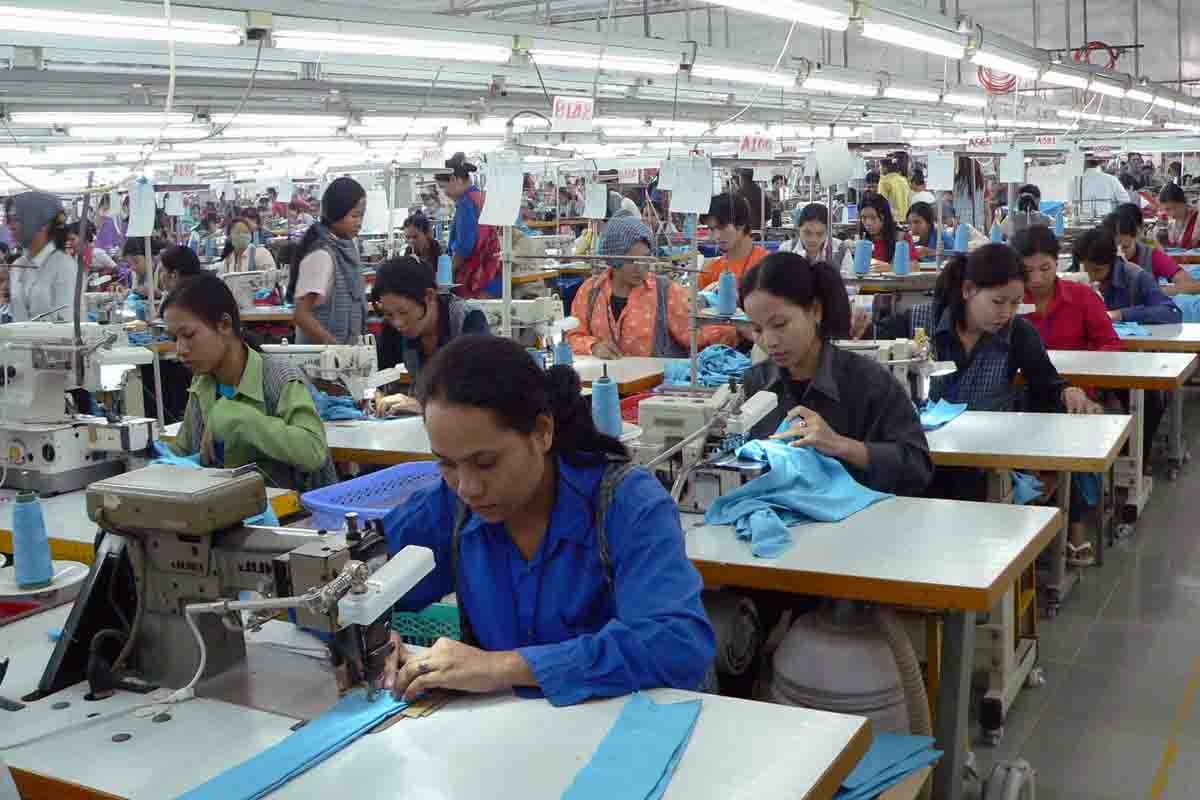Online dress rentals are helping to shed fashion’s unwanted reputation as one of the world’s most environmentally damaging industries. With extensive inventories, doorstep deliveries and dry-cleaning services, dress rentals offer style-conscious consumers the option to sport a new look every day without breaking the bank or leaving the comfort of their homes.
Moving away from wedding dresses, gowns and tuxedos, the dress rental companies of 2019 are offering everyday wear for fashion-savvy millennials. Dress rental websites rent out items for up to a week, with the monthly subscription fee or one-off payment covering the delivery cost, dry cleaning and other expenses.
While fast fashion – the trend of discarding cheap clothes after just a few uses as consumers move on to the next fashion – is causing an environmental nightmare, dress rentals and other eco-friendly initiatives are helping prevent the fashion industry from using up a quarter of the world’s carbon budget by 2050 as predicted in a 2017 study.
The study conducted by the Ellen MacArthur Foundation estimated that one garbage truck of textiles is discarded every second and that less than one percent of clothing is recycled. The Foundation is aimed at promoting the global transition to a circular economy and the report was endorsed by companies such as Nike and H&M.
Dress rentals and sustainability
Long established in the United States (US) and Europe, dress rentals are slowly catching on in Southeast Asia - where several companies are at the forefront of this revolution to bring ethical and affordable clothing to the masses.
In Singapore, companies like Style Theory, Covetella and MadThread are leading the way. Malaysia has home-grown brands such as Zarrel, Rent A Dress and Lola while Indonesia has Dresshaus, Rent A Couture and Style Statement. Other ASEAN countries like Thailand and Philippines are also slowly joining the trend with companies like BChu Runway and RSVP, respectively.
Style Theory, which opened in January 2016, has seen its revenue triple in less than two years. BChu Runway’s inventory has grown to over 50,000 pieces of designer wear and the numbers are increasing across the board.
According to research firm Allied Market Research, the online clothing rental economy was valued at US$1 billion in 2017 and is estimated to reach US$1.9 billion by 2023, growing at a compound annual growth rate (CAGR) of 10.6 percent. Asia Pacific is expected to see the fastest growth with a projected CAGR of 11.4 percent.
The dress rental industry has risen in tandem with that of companies which offer rentals for handbags, watches and other accessories as part of the burgeoning sharing economy – where the Internet enables people to share good and services, with GrabShare and Airbnb its more notable examples.
Although the biggest appeal of dress rentals is the fact that many people do not want to buy items they will only wear a few times, sustainability is also a pivotal factor.
The founders of Style Theory and Lola have both said their businesses aim to promote sustainability and recycling in the fashion world, and their comments are mirrored by their counterparts from around the world. The founder of the United Kingdom’s (UK) rental fashion site Front Row, Shika Bodani believes that the growth of rental shopping is linked to the need for sustainability in fashion. In the US, Jennifer Hyman, CEO of pioneer dress rental company Rent The Runway, stated that their business is based on sustainability.
Source: www.sustainablefashioneconomy.org
The fashion industry’s cost on the planet
The United Nations (UN) estimates that the US$2.5 trillion fashion industry produces about 20 percent of global waste water and contributes about 10 percent of global greenhouse gas (GHG) emissions due to its long supply chain and energy intensive productions – consuming more energy than the aviation and shipping industries combined.
Take for example the manufacturing of one pair of jeans, which requires 10,000 litres of water to grow the one kilogram (kg) of cotton needed to make it. By comparison, it would take one person 10 years to drink the same amount of water.
The Ellen MacArthur Foundation also found that an estimated US$500 billion in value is lost annually due to clothing that has barely been worn and not recycled. The industry is also guilty of releasing microfibres in an amount equivalent to 50 billion plastic bottles every year.
With these kinds of alarming figures in mind, the UN launched the Fashion Industry Charter for Climate Action at the 24th Conference of the Parties (COP) to the United Nations Framework Convention on Climate Change (UNFCCC) in Katowice, Poland, last month – where leaders from 43 leading fashion brands, retailers, suppliers and shipping companies such as Burberry, Hugo Boss, Maersk and the China National Textile and Apparel Council agreed to work towards collectively addressing the fashion industry’s impact on climate change.
To prevent more waste, depletion of resources and pollution, consumption patterns in fashion must change and producers should phase out hazardous materials and use renewable resources in manufacturing. Increasing textile recycling rates and keeping clothes in the system longer through rental models will go a long way in reducing the fashion industry’s environmental footprint.
Related articles:
Refashioning the fashion industry
